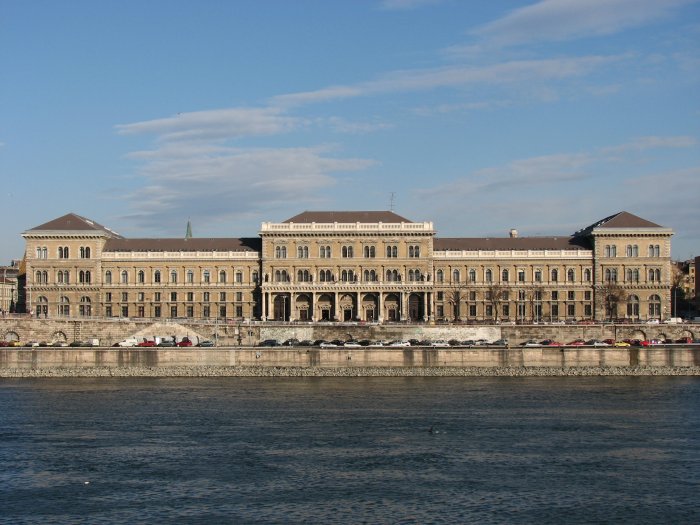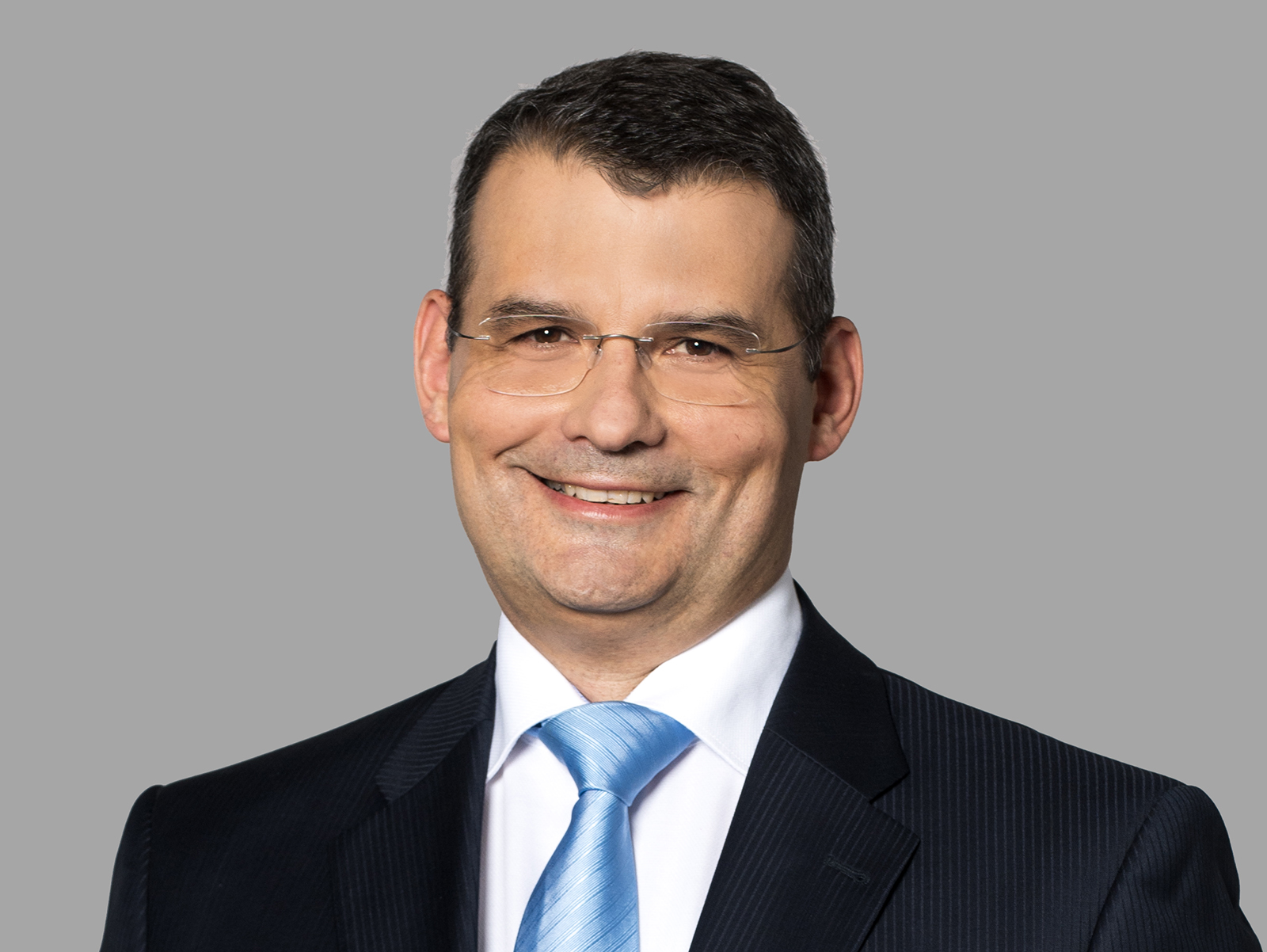Here Comes the 3rd Metár Tender: What Investors Need to Know

László Kenyeres, Partner, Wolf Theiss Budapest (left); Ádám Lukonits, Associate, Wolf Theiss Budapest
The Hungarian Energy and Public Utility Regulatory Authority (MEKH) has announced the third METÁR tender to encourage green investments in Hungary. Applications can be submitted between July 1-30 in two categories: (i) small, from 0.3 MW to 1 MW, and (ii) large, from 1 MW to 20 MW nominal capacity, lower than the 50 MW upper limit used in the second tender. Although it is open to various technologies, the legal environment continues to favor solar investments.
It has been clear for a while that marketable green energy production might be within arm’s reach in Hungary. With the previous METÁR tender, bid prices continued to fall: they were between 0.04 and 0.05 EUR/kWh, compared to the 0.10 EUR/kWh feed-in tariff used in the late-KÁT system and the 0.06 EUR/kWh average bid price offered during the first METÁR round.
Therefore, it is only a matter of time before the bid prices will meet the level of actual market prices. When this happens, there will theoretically be no need for the green premium (i.e., the support granted by the state to compensate the power generators for the difference between their bid prices and the actual market prices). This, added to the decreasing investment costs of PV projects, means Hungary is an attractive location for solar investments. However, investors should be aware of some significant pitfalls.
The rules for tendering change frequently, sometimes from one round to another. In March 2021, NFM Decree No. 62/2016 (XII 28), which is the legal basis for all METÁR tenders, was amended. Firstly, it was declared that tenders will be grouped based on their nominal capacity, and the different categories will fall under different tendering rules; thus, the respective tenderers will compete only within their own category. Secondly, the definition of ultimate beneficial ownership (UBO) became stricter. Thirdly, MEKH is now entitled to determine some specifications of the project sites (e.g., the golden crown value, land use nature, and the branch of cultivation). In addition, there were some minor changes regarding the evaluation committee and the disqualification of tenderers, among others.
The third METÁR tender also brought some notable changes in comparison to the last round. As set forth above, the upper limit of the larger category was decreased to 20 MW. The maximum amount of electricity that can be subsidized for applicants falling under the same UBO shrank in the large category and is now 80 GWh/year instead of 175 GWh/year used in the last round.
There is also a new aggregation rule: the nominal capacity of PV plants participating in the current tender shall be aggregated only if they share the same connection point within a 1 km radius; thus, applications submitted during the previous METÁR tenders do not count here. Also, the earlier 20% rate regarding the amount of security released from the performance bond if the applicants receive a final and binding building permit and a grid connection agreement can now be increased up to 50% if the investors prove sufficient project financing.
In light of the above, up-to-date and continuous legal support is highly recommended for investors who wish to enter the Hungarian market. Because of the new UBO rules, tenderers will need more sophisticated company structures and joint venture agreements. MEKH’s right to determine the characteristics of the project site makes the project preparation phase more important, as the applicants will have to select the location before the authority announces the respective specifications.
Thus, some refinement of land contracts (including step-out clauses if the site turns out to be unsuitable for the project) is also necessary. And for those who wish to implement their projects on a pure market basis, it is essential to know that some well-known constraints, such as the 31% income tax (Robin Hood tax) and the high balancing energy prices, are still in place.
This article was first published in the Budapest Business Journal print issue of June 4, 2021.
SUPPORT THE BUDAPEST BUSINESS JOURNAL
Producing journalism that is worthy of the name is a costly business. For 27 years, the publishers, editors and reporters of the Budapest Business Journal have striven to bring you business news that works, information that you can trust, that is factual, accurate and presented without fear or favor.
Newspaper organizations across the globe have struggled to find a business model that allows them to continue to excel, without compromising their ability to perform. Most recently, some have experimented with the idea of involving their most important stakeholders, their readers.
We would like to offer that same opportunity to our readers. We would like to invite you to help us deliver the quality business journalism you require. Hit our Support the BBJ button and you can choose the how much and how often you send us your contributions.




KOENIGSHOFER%20MICHAEL_3zu4_PRINT-CUT-SMALLER.jpg)
-SMALLER-CUT.jpg)

